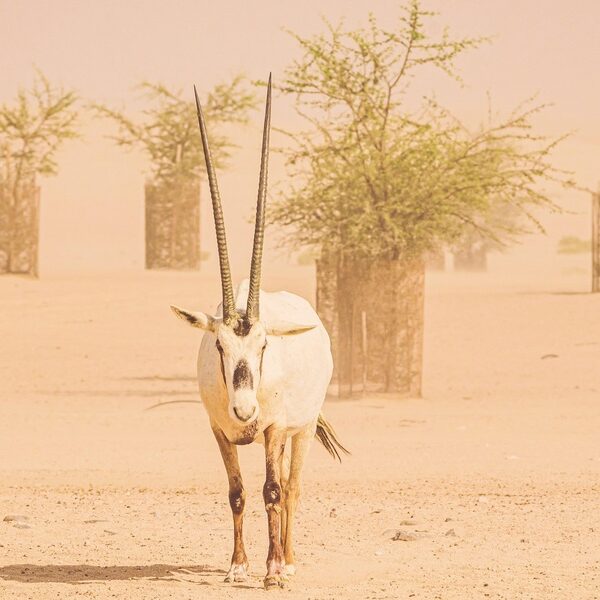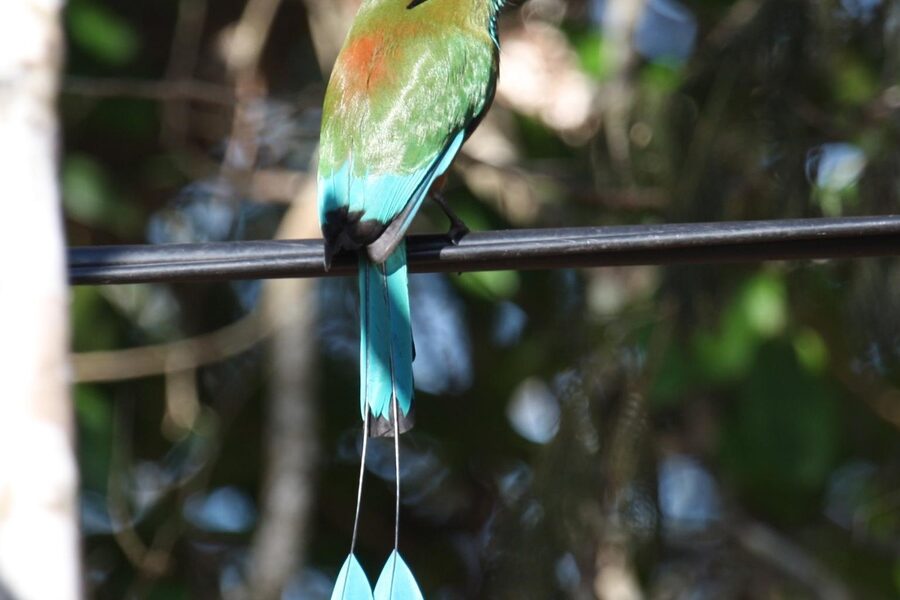Bhutan’s mountains, river valleys and protected forests create a patchwork of habitats where rare species survive away from the continent’s more developed lowlands. Seasonal altitudinal shifts and strict conservation zones mean some animals are found only in narrow ranges or at specific elevations, making sightings uncommon but ecologically significant.
There are 24 Rare Animals in Bhutan, ranging from the Asian Elephant to the White-rumped Vulture. Each entry lists Scientific name,IUCN status,Location & altitude (m) so you can quickly check identification, conservation risk and where they occur — you’ll find below.
Which of these species face the greatest conservation risk in Bhutan?
Check the IUCN status column for a quick assessment: several vulture species and some small carnivores are listed as endangered or critically endangered due to poisoning, habitat loss and declining food sources, while large mammals like the Asian Elephant suffer from habitat fragmentation and human–wildlife conflict. The table below highlights these statuses so conservation priorities are clear.
How can visitors and local communities help protect these animals?
Respect protected-area rules, avoid approaching or feeding wildlife, and report injured or sick animals to authorities. Support local conservation initiatives, reduce pesticide and veterinary drug use that can poison scavengers, and choose eco-friendly tour operators to help maintain habitats and reduce pressures on rare species.
Rare Animals in Bhutan
| Name | Scientific name | IUCN status | Location & altitude (m) |
|---|---|---|---|
| Bengal Tiger | Panthera tigris tigris | Endangered | Royal Manas, Jigme Singye, Jigme Dorji Parks; 200–4,500m |
| Snow Leopard | Panthera uncia | Vulnerable | Jigme Dorji, Wangchuck Centennial Parks; 3,500–5,500m |
| Red Panda | Ailurus fulgens | Endangered | Throughout temperate forests, Jigme Dorji Park; 2,200–4,800m |
| White-bellied Heron | Ardea insignis | Critically Endangered | Punakha, Wangdue Phodrang along major rivers; 500–1,500m |
| Golden Langur | Trachypithecus geei | Endangered | Jigme Singye, Royal Manas Parks; 300–3,000m |
| Takin | Budorcas taxicolor whitei | Vulnerable | Jigme Dorji National Park, Motithang Takin Preserve; 2,200–4,500m |
| Clouded Leopard | Neofelis nebulosa | Vulnerable | Jigme Singye, Royal Manas, Phrumsengla Parks; up to 3,500m |
| Dhole | Cuon alpinus | Endangered | Jigme Dorji, Royal Manas, Jigme Singye Parks; all altitudes |
| Black-necked Crane | Grus nigricollis | Near Threatened | Phobjikha, Bumthang, Bumdeling valleys (winter); 2,800–4,000m |
| Asian Elephant | Elephas maximus | Endangered | Southern foothills, Royal Manas National Park; 150–1,500m |
| Chinese Pangolin | Manis pentadactyla | Critically Endangered | Southern and eastern subtropical forests; up to 1,500m |
| Himalayan Musk Deer | Moschus leucogaster | Endangered | High-altitude forests and scrub, Jigme Dorji Park; 2,500-4,500m |
| Rufous-necked Hornbill | Aceros nipalensis | Vulnerable | Jigme Singye, Royal Manas, Phrumsengla Parks; 600–2,000m |
| Pallas’s Cat | Otocolobus manul | Near Threatened | High-altitude grasslands, Wangchuck Centennial Park; above 4,000m |
| Tibetan Wolf | Canis lupus chanco | Not Assessed (Subspecies) | High-altitude regions, Jigme Dorji Park; above 3,500m |
| Himalayan Black Bear | Ursus thibetanus laniger | Vulnerable | Widespread in forests, Jigme Dorji Park; 1,500–4,000m |
| Marbled Cat | Pardofelis marmorata | Near Threatened | Broadleaf forests, Royal Manas National Park; up to 3,000m |
| Pallas’s Fish Eagle | Haliaeetus leucoryphus | Endangered | Major river valleys, Punakha and Wangdue; below 2,000m |
| Golden Mahseer | Tor putitora | Endangered | Southern rivers, Royal Manas National Park; 150–1,000m |
| Hispid Hare | Caprolagus hispidus | Endangered | Tall grasslands in southern Bhutan, Royal Manas Park; 100–300m |
| Pygmy Hog | Porcula salvania | Endangered | Tall grasslands, Royal Manas National Park; 150–300m |
| White-rumped Vulture | Gyps bengalensis | Critically Endangered | Southern foothills and central valleys; up to 1,500m |
| Blyth’s Tragopan | Tragopan blythii | Vulnerable | Eastern Bhutan, Sakteng Wildlife Sanctuary; 1,800–3,300m |
| Beautiful Nuthatch | Sitta formosa | Vulnerable | Broadleaf evergreen forests, central Bhutan; 950–2,300m |
Images and Descriptions

Bengal Tiger
Bhutan is a global stronghold for this iconic big cat, famously found at surprisingly high altitudes. These solitary predators are incredibly elusive, representing the pinnacle of Bhutan’s conservation success and indicating a healthy, thriving ecosystem.

Snow Leopard
Known as the “Ghost of the Mountains,” this elusive cat is perfectly adapted to Bhutan’s rugged, high-altitude terrain. Its smoky-grey coat with dark rosettes provides perfect camouflage, making sightings extremely rare and a once-in-a-lifetime experience for trekkers.
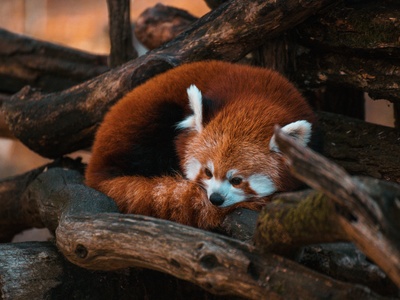
Red Panda
This charismatic, tree-dwelling mammal with a fiery coat and bushy tail feeds primarily on bamboo. Despite its cute appearance, it is a shy and solitary creature, threatened by habitat loss. Bhutan’s pristine forests are a critical sanctuary for them.
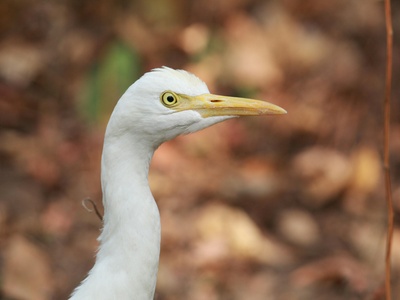
White-bellied Heron
One of the rarest birds in the world, with a global population estimated at fewer than 60 individuals. Bhutan is the last major stronghold for this majestic heron, making every sighting critically important for conservation efforts.

Golden Langur
Named for its beautiful golden-cream fur, this primate is found almost exclusively in Bhutan and a small part of neighbouring Assam. Living in troops, their vibrant coats make them a stunning sight against the green canopy of their forest homes.
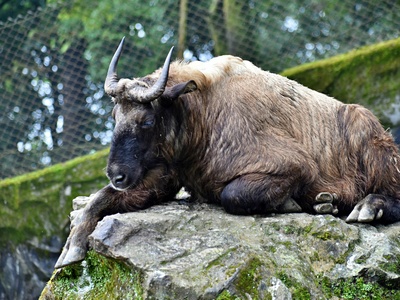
Takin
Bhutan’s national animal is a unique “goat-antelope” with a stocky body and a face resembling a moose. Legend says a Buddhist master created it from a goat and a cow. They migrate seasonally between high alpine meadows and lower forests.
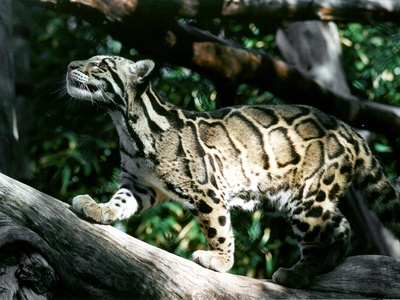
Clouded Leopard
A medium-sized wild cat with stunning cloud-like markings and the largest canine teeth relative to its body size of any feline. It is a master of stealth and an incredible climber, making it one of Bhutan’s most secretive and seldom-seen predators.
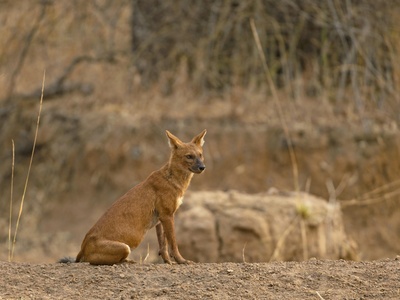
Dhole
Also known as the Asiatic Wild Dog, the dhole is a highly social pack hunter that communicates with a variety of whistles and clicks. Facing threats from habitat loss and disease, these formidable predators play a key role in maintaining forest health.

Black-necked Crane
A sacred bird in Bhutanese culture, this elegant crane migrates from the Tibetan plateau to winter in Bhutan’s high-altitude wetlands. Its arrival is celebrated in annual festivals, and it is legally protected as a symbol of marital fidelity and good fortune.

Asian Elephant
These gentle giants roam the subtropical forests and grasslands of southern Bhutan. They are crucial “ecosystem engineers,” shaping the landscape as they feed. Bhutan’s herds are vital as they move across borders, highlighting the need for transboundary conservation.
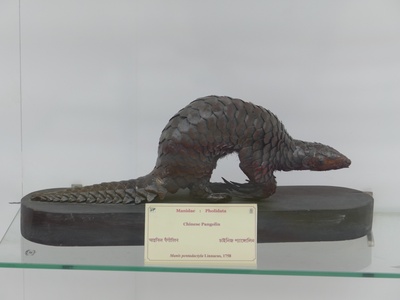
Chinese Pangolin
The world’s most trafficked mammal, this unique, scaly anteater is a nocturnal and incredibly shy creature. When threatened, it rolls into a tight, armored ball. Its status makes any evidence of its presence in Bhutan’s forests a major find.
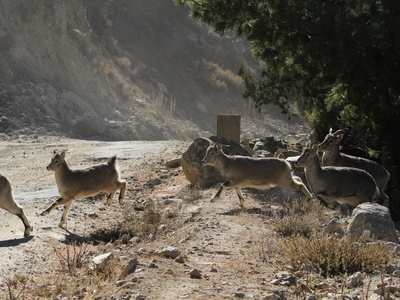
Himalayan Musk Deer
This small, primitive deer has fang-like tusks instead of antlers. Males are heavily poached for their valuable musk pod, used in perfumes and traditional medicine, which has driven the species to endangerment. They are solitary and most active at dawn and dusk.

Rufous-necked Hornbill
This large, colourful forest bird is vital for seed dispersal, earning it the name “farmer of the forest.” The male seals the female in a tree cavity during nesting, feeding her through a small slit. Habitat loss is their primary threat.

Pallas’s Cat
A small wild cat with a flattened face, low-set ears, and dense fur, making it look perpetually grumpy. It is perfectly adapted to cold, arid environments. Extremely rare in Bhutan, it preys on pikas and small rodents in the alpine steppe.
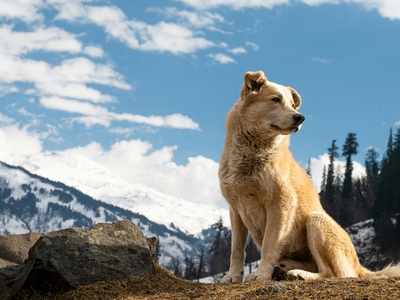
Tibetan Wolf
A high-altitude subspecies of the grey wolf, this elusive predator is a key part of the alpine ecosystem, preying on blue sheep. Encounters are exceptionally rare. It faces threats from retaliatory killing due to livestock predation.

Himalayan Black Bear
Distinguished by a white crescent on its chest, this bear is an opportunistic omnivore. While widespread, it is threatened by poaching and human-wildlife conflict. It is a powerful animal that commands respect and is best observed from a safe distance.

Marbled Cat
Resembling a miniature clouded leopard, this small wild cat is an exceptional climber with a very long tail for balance. It is nocturnal and extremely secretive, making it one of the least-known cats in Asia, known in Bhutan mainly from camera traps.
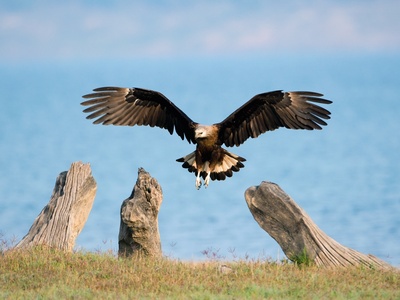
Pallas’s Fish Eagle
A large, striking eagle with a pale head and a distinctive white band on its tail. It hunts for fish along major rivers but is now extremely rare due to habitat degradation. Bhutan’s clean river systems are a vital refuge for this powerful raptor.
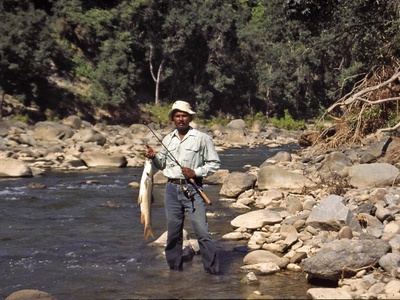
Golden Mahseer
Known as the “tiger of the river,” this is one of the world’s most prized freshwater game fish, reaching over 2 meters in length. It is severely threatened by dam construction and overfishing. Bhutan’s protected rivers offer a last hope for this magnificent species.
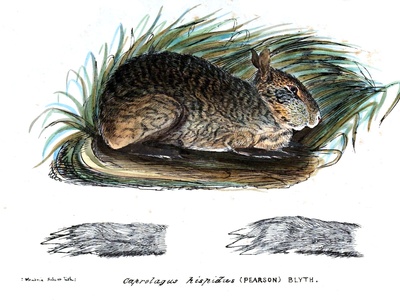
Hispid Hare
This very rare hare, also called the “bristly rabbit,” depends on rapidly disappearing tall grassland habitats. Its dark brown, bristly fur and short ears make it distinct. It is a key indicator of a healthy Terai-Duar grassland ecosystem.

Pygmy Hog
The world’s smallest and rarest wild pig, standing just 25 cm tall. Thought to be extinct until rediscovered in the 1970s, it survives in tiny pockets of grassland. Its confirmed presence in Bhutan’s Royal Manas National Park is of immense conservation importance.
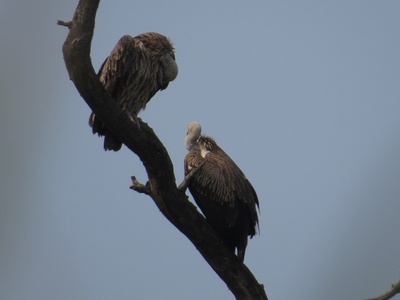
White-rumped Vulture
Once abundant, this vulture suffered a catastrophic decline across Asia due to veterinary drugs in livestock carcasses. Bhutan, with its lower use of these drugs, has become a small but crucial sanctuary for these vital ecosystem cleaners.
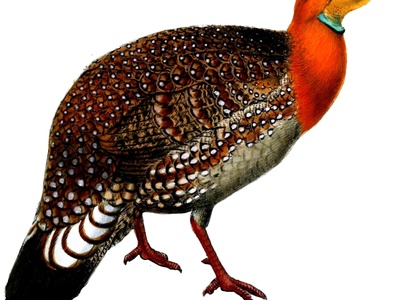
Blyth’s Tragopan
This stunningly beautiful pheasant is among the rarest of its kind. The male has a vibrant red neck, yellow facial skin, and intricate patterning. They are shy and inhabit dense undergrowth in temperate forests, making them a prized sighting for birdwatchers.

Beautiful Nuthatch
A spectacularly colourful bird that lives up to its name, with a black, blue, and orange pattern. It forages for insects on mossy tree trunks. Its dependence on mature forests makes it vulnerable to logging and habitat degradation.


